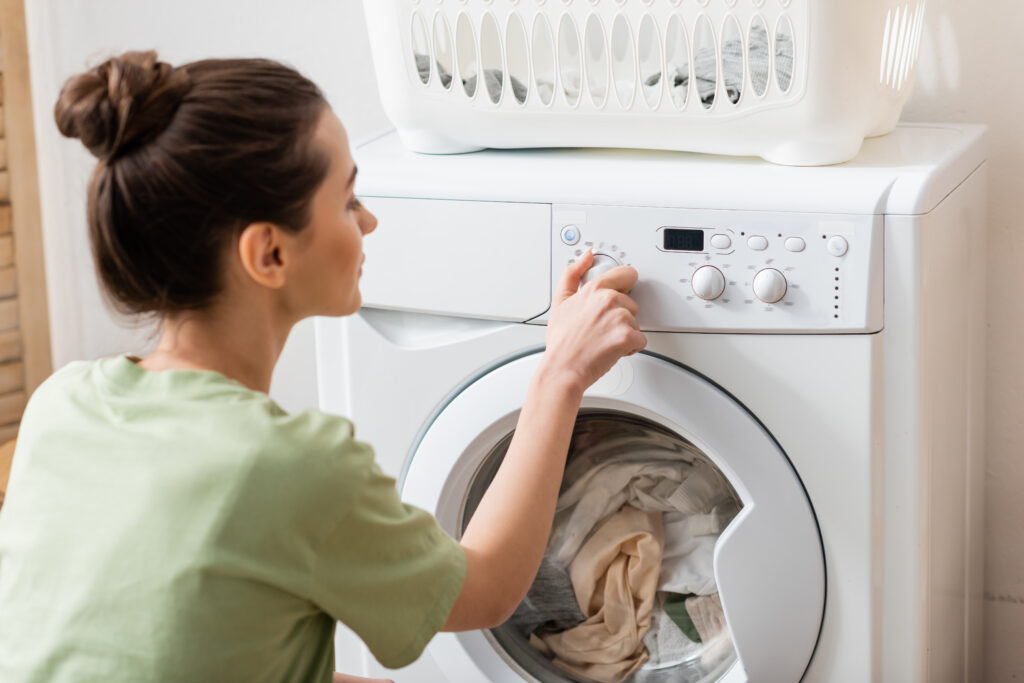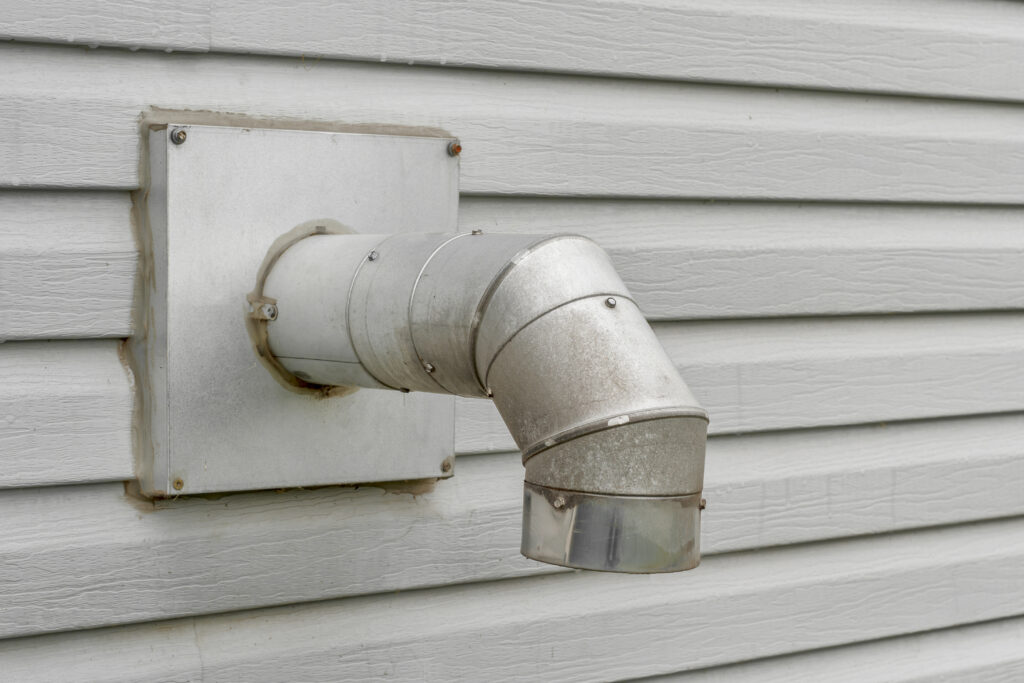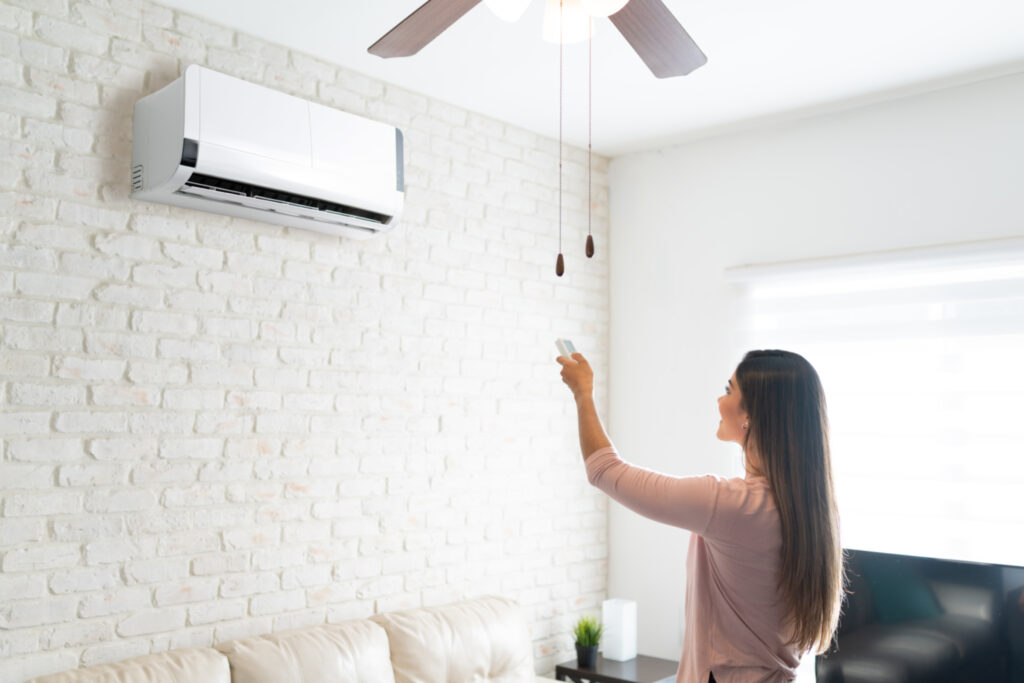How to Drain a Broken Washing Machine: A Homeowner’s DIY Guide
Okay, if you’re here, chances are high your washer just stopped mid-cycle and now you’re standing there with soggy socks and a machine full of water. We’ve all been there—or really close. Whether it’s a clogged filter, a broken pump, or the thing just died out of spite on laundry day (rude), draining a broken washing machine is one of those tasks that can feel super intimidating but… it really doesn’t have to be. This guide is here to walk you through how washing machines work, why they might stop draining, and—most importantly—how to safely drain the water yourself. Stick with me. We’ll figure it out together, and you’ll save yourself some guesswork (and maybe some repair bills, too).
Understanding How Your Washing Machine Drains
Let’s start with the basics. Your washing machine doesn’t just swirl your clothes with water and detergent—it also needs to drain that water out through a pretty simple system made up of a drain pump, hoses, and a filter (or trap). When everything’s working right, the machine pumps out water into the household drain, typically connected to a standpipe or a laundry sink. But when something goes wrong—ugh—water backs up and the machine stops, just sitting there with its little watery belly full. That usually means something is clogged, jammed, broken, or possibly all three. Knowing which part is causing the backup makes it a lot easier to fix or decide when to call in backup (hello, warranty plan!).
Common Reasons Your Washer Won’t Drain
If your washer is acting more like a mini indoor pool, there are a few usual suspects to check before you assume the whole machine has given up the ghost. The most common issue is a clogged drain hose—think lint, coins, pet hair, a rogue sock forever lost to the abyss. A close second? A blocked pump or filter. And yeah, occasionally the pump motor burns out entirely, and there’s not a lot you can do there beyond repair or replacement. Some models come with drain filters that fill up with debris over time and just need a cleaning—a quick thing most of us totally forget exists until there’s a problem.
Before You Start Draining: Safety First
Okay, take a deep breath. Before you roll up your sleeves and channel your inner handyman, safety first. Always unplug the washer first. Seriously. Water and electricity don’t play nice and you really don’t want to find out the hard way. Also, keep a towel or two handy… or like, ten. Water is going to escape somehow. Try not to do this job when you’re short on time—it takes a little patience and probably some elbow grease. And yes, it might get a little messy, but that’s kind of the badge of honor in homeownership, right?
How to Drain Your Broken Washing Machine (Without Flooding the Laundry Room)
With all that background out of the way, let’s get to the action. If your machine doesn’t have a manual drain (some front-loaders do with a small panel and hose up front), you’ll need to do what’s called gravity draining. Here’s how: Grab a shallow pan or bowl, and slowly detach the drain hose (usually found behind the machine). Lower it into the bowl and let gravity do its thing. Once water stops flowing, you may need to wiggle the hose or even give it a little snake with a wire hanger or a plumbing snake (carefully!). If water still isn’t moving out, you could be dealing with a serious clog or a full-on pump failure, and that might be more of a warranty situation. P.S. If yours has a lint trap or filter under a panel at the bottom of the washer, check that too. Often, cleaning that out solves the whole thing.
When It’s Time to Call In the Pros (Or Your Home Warranty)
Sometimes despite your best YouTube-fueled efforts, you just hit a wall. If water isn’t draining after you’ve tried gravity draining and cleaning the filter, the issue might be inside the pump itself, especially if there’s a grinding noise or no noise at all when it tries to drain. That means you’re officially in ‘repair zone’ now—and if you’ve got a home warranty, this is exactly where it shines. Rather than paying a tech out of pocket or guessing what part to order, just make a claim. Companies like Armadillo cover broken appliances like washing machines, including mechanical breakdowns caused by normal wear and tear. So if your drain pump motor just gave up from too many years of service—it’s covered. That alone saves hundreds.
Maintenance Tips to Prevent Future Washer Dramas
Want to avoid this whole situation next time? A few simple habits make a world of difference. Clean the washer filter or trap every couple months—it catches gunk that can clog the whole drain system. Check your drain hose once a season to be sure it’s not folding, pinched, or full of um, mysterious buildup. Maybe don’t wash heavy rugs or shoes if your washer clearly protests every time. And honestly, just giving the washer an empty cycle clean now and then with vinegar or bleach can keep mildew and blockages at bay. A little maintenance now saves a lot of drama later (especially mid-week when everyone needs gym uniforms and clean towels).
Protect Your Washer and Your Wallet with Armadillo
Appliance breakdowns don’t wait for payday or perfect timing. If this washer draining issue is just one of a long string of home headaches, maybe it’s time to get yourself some backup. A home warranty plan from Armadillo means you don’t have to panic or DIY every time something flips out. Armadillo covers the appliances and home systems that most of us use daily—from washers to dryers, even HVAC and plumbing—and makes it super easy to file a claim and move on with your day. Bonus: there are zero hidden fees, everything’s online, and you can get a quote tailored to your zip code in about 3 minutes flat at armadillo.one. Ready to get started? Visit our plan builder page to find the right coverage for your home (and yes, your laundry machine too).


























